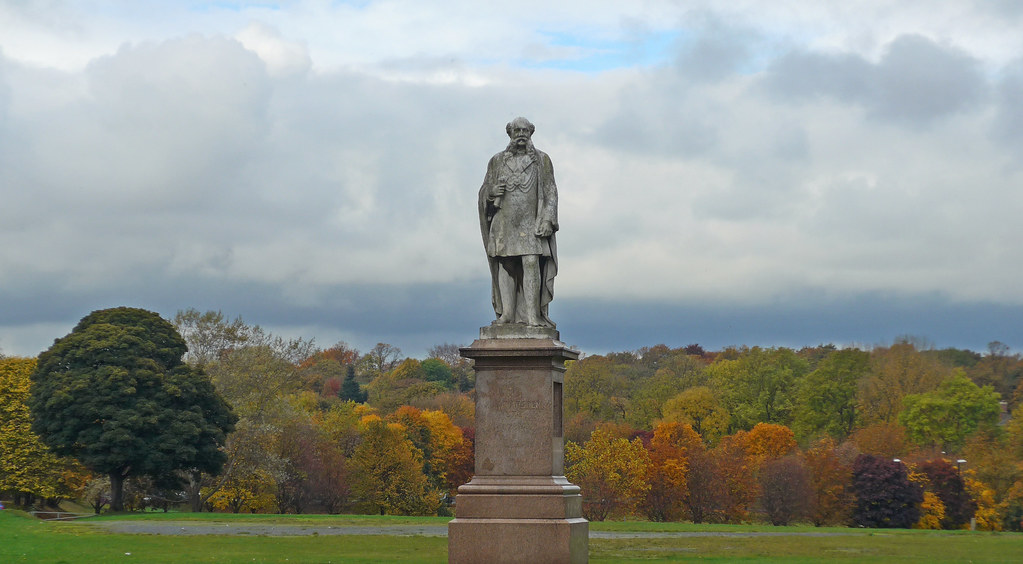The toppling of the Edward Colston statue is both a pivotal moment for the current anti-racism movement. Following the death of George Floyd, it is pivotal to stripping Britain of its constructed virtuous glory, highlighting Britain’s atrocious history with slavery and colonialism. There are now calls for the same treatment to be given to the statues of Cecil Rhodes, Oliver Cromwell and Winston Churchill.
Statues are not simply a way of us remembering the past: they memorialise that person and their actions. For instance, Churchill’s statues memorialise both his supposed World War II successes, his racist diatribes and ordered atrocities across the British Empire: the meaning can change depending on whether you’re an ancestor of those he condemned or not.
Campaigns to remove such statues are not new, for instance, the infamous 2015 “Rhodes Must Fall” movement in South Africa. These campaigns against the memorials of known instigators of barbaric colonialism, and therefore our systemic racist society, should have us analysing what statues appear in all of our cities. This begs the question: who or what has been memorialised by the city of Leeds?
There have already been calls for the removal of the statue of Sir Robert Peel on Woodhouse Moor by Hyde Park Corner. Whilst he was not a slave trader like Colston, he saw the abolition of slavery as a threat to the cotton industry and tried to use a petition in Manchester to persuade merchants that the abolition of slavery would hurt their businesses. He also created the Metropolitan Police Service in the 1800s, which shows the institution was created by a man who was pro-slavery, displaying the roots of anti-Black police brutality.
Two other statues on Woodhouse Moor come to mind: Arthur Wellesley, the first Duke of Wellington (opposite the Business School), and Queen Victoria (next to the Library pub). Wellesley is heralded as a British war hero, defeating Napoleon Bonaparte at the Battle of Waterloo in 1815. This overshadows his imperialist actions. Between 1797 and 1804, Arthur Wellesley led British armies in India to extend the East India Company’s ruthless control. His commitment to its expansion is evidence that he was a relentless imperialist. This can also be evidenced by his description of the Battle of Assaye, an imperialist venture, as his proudest achievement, over the Battle of Waterloo. The statue of the Duke in Glasgow has become a tourist attraction because it permanently appears to wear a traffic cone hat in hope to distract from the severity of the statue itself. Perhaps Leeds should start thinking about whether we want to proudly memorialise a man who cemented the foundations for future British atrocities in India.
The final statue is the piers de resistance of Victorian imperialism. Not only is it of Queen Victoria, the figurehead of the Empire and all of its crimes, but its design is also despicable. On the plinth “INDIA”, “AUSTRALIA”, “CANADA” and “AFRICA” appear. This is not just a statue of Queen Victoria: this is a celebration of colonialism.
I wouldn’t even know how to begin to summarise Britain’s actions in India in one sentence other than we did terrible things and like all ex-colonies, the effects are still being felt. Similarly, we wiped out indigenous populations in Canada and Australia, and the poor treatment of these people has continued up until present-day. “AFRICA”, as it is written on the plinth, is the most sickening. It plays into the colonial trope that the people who lived on the African continent were indistinguishable from one another, that they all had the same culture, and that the British aimed to rule over the entire continent, exhausting the continent’s resources, including cheap labourers, to further strengthen the Empire. To add insult to injury, the statue includes a figure to represent Peace. This must suggest that supposedly the Empire was to bring “peace” to all places that the British saw as plagued with “savages”; a white saviour complex that we still see in modern-day society. Yet, thousands of citizens of Leeds walk past this statue every day. It represents the history of race in this country that we were not taught in school. We need to be angry this statue exists.
Collectively, these statues portray a celebration of Victorian imperialism and the legacy of British sponsored systemic racism. If we are to boast Leeds to be a multi-cultural city, we need to ask ourselves whether these are the statues we want on display. Next time you go for tinnies on Woodhouse Moor, think about the statues who are watching you and think about the history behind them that you were not taught in school.
Sarah Jewers
Image: Flickr.

